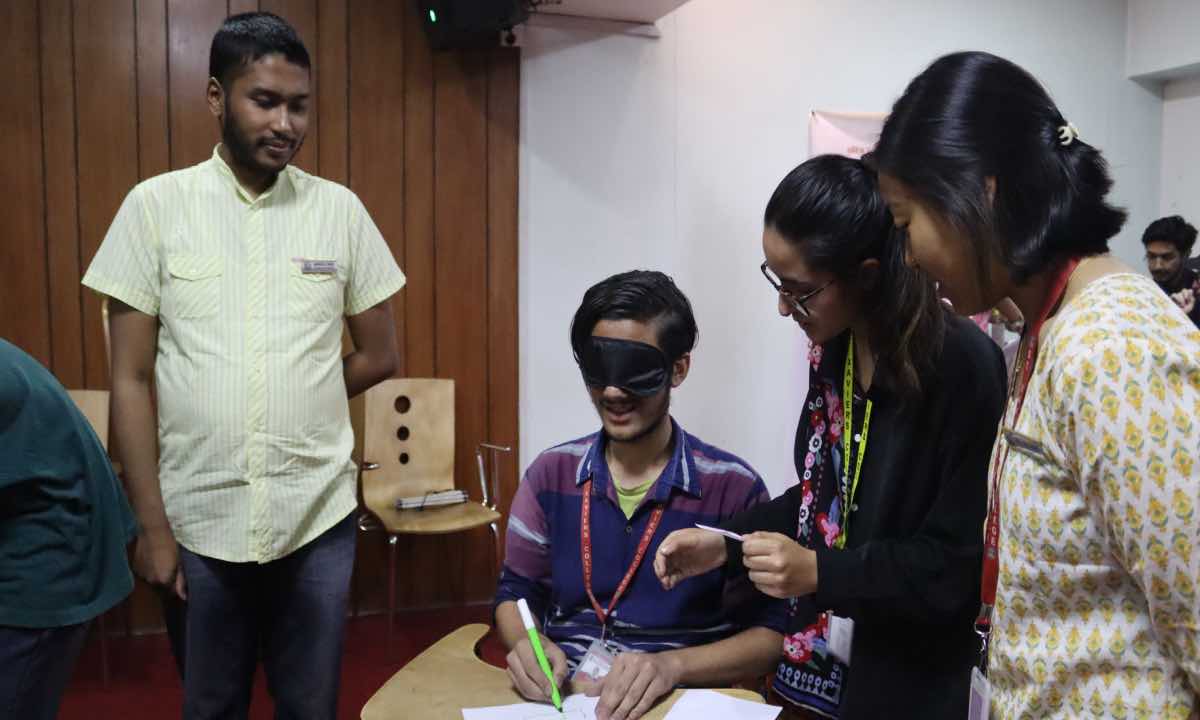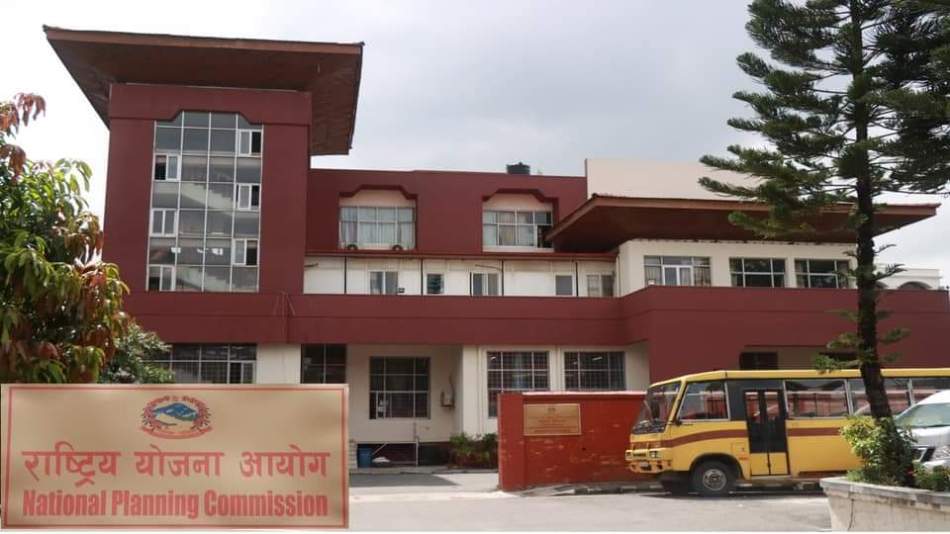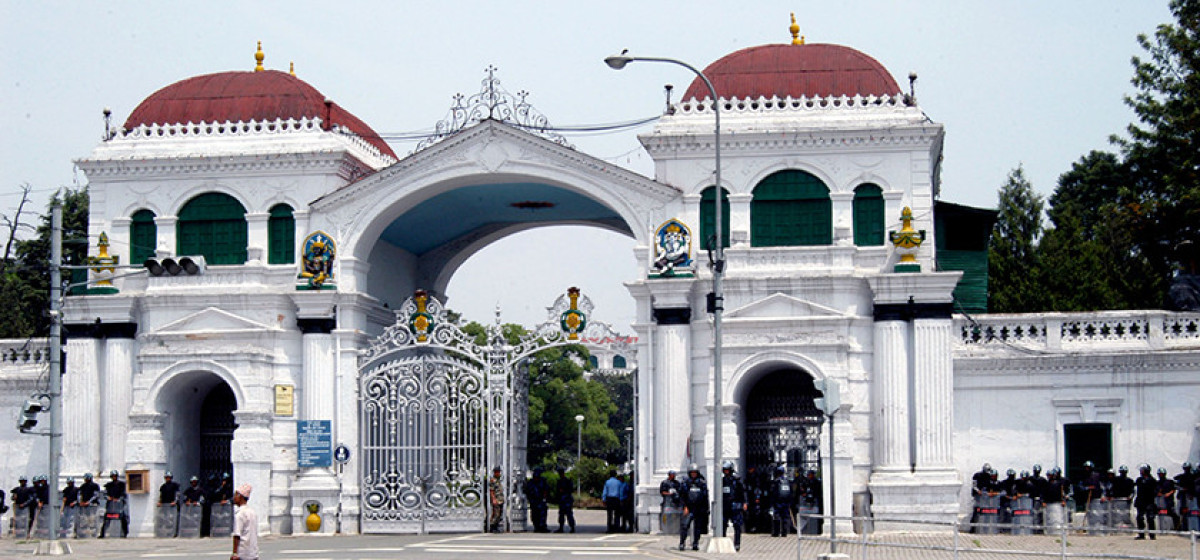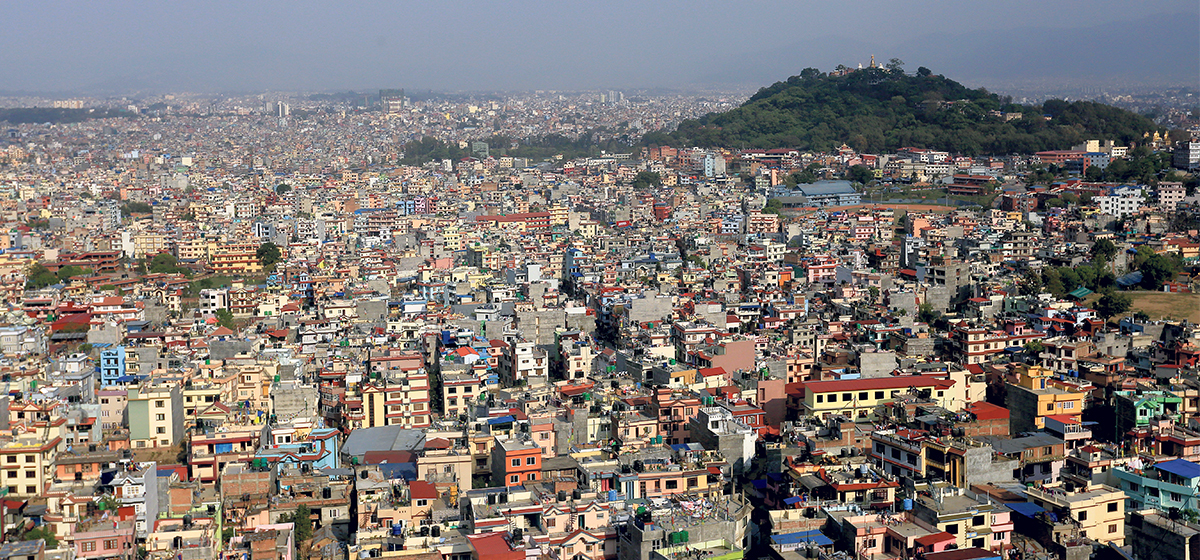
OR
The national GDP in the last fiscal grew by an abysmal 0.01 percent, according to the latest estimates of the Central Bureau of Statistics (CBS). Such rock-bottom growth rate is understandable, considering that the country at the time was still struggling to come to terms with the devastating earthquakes. To compound the misery of Nepalis, they had to withstand five months of a blockade of Nepal-India border that brought the Nepali economy to its knees. So when the CBS now projects the economy to grow up by a healthy 6.94 percent, which, if realized, will be the highest rate of economic growth in the past two-and-a-half decades, the forecast has to be put into perspective. Even CBS officials admit that high projected growth for this fiscal is largely a result of the ‘base effect’, i.e. economic growth appears so optimistic because it is starting to grow from near zero. Without the base effect, the projected growth for this fiscal would be somewhere around 3.7 percent, again according to the CBS. But while the outsized role of the base effect in current forecast cannot be ruled out, there are nonetheless some solid signs of economic revival.
While Nepali industries were utilizing only 48 percent of their capacity in the last fiscal, this year they are running at 65 percent of their capacity. Another good sign for the economy is the growth of the service sector, which is now expected to contribute 56 percent of the national GDP, up from 54 percent a year earlier. The GDP contribution of agriculture, by contrast, will climb down from over 32 percent last year to under 30 percent this year. Meanwhile, the share of industries will in the same time period increase from 10 percent to 14 percent. The move away from agriculture to industries and services is a sign of a maturing economy. It suggests that there are fewer and fewer people under the poverty line. The absolute number of people who have to endlessly toil on their lands to make their ends meet is shrinking. One obvious reason for this is that nearly 20 percent of Nepalis, most of them formerly employed in agriculture, now works outside the country; and, on average, around 2,000 people are still leaving Nepal every single day. But the shrinking share of agriculture in GDP also suggests that people are getting better-paying jobs away from their farms and fields.
Despite the rosy picture that the CBS has painted for this fiscal, the only way Nepal can achieve sustainably high economic growth is if the state of prolonged political transition comes to a definite end and having settled important political matters, the political class then shifts its focus to tackling vital economic issues. For this it is crucial that the three sets of elections be held within the constitutionally-mandated 2018 deadline. Only then will there be sustainably healthy growth and only then will the country be in a position to realize its dream of graduating to a ‘Developing Country’ status by 2022. The news of healthy economic growth and record-low inflation (of under three percent) has a lot of people excited. But it is only the start of a long and arduous process of getting Nepal’s economic fundamentals right.
You May Like This

Growing cold affects Saptari; schools closed
SAPTARI, Jan 5: Normal life has been affected in Saptari with abrupt fall in temperature. General public have suffered from... Read More...

Polls security in question amid growing violence
KATHMANDU, May 11: Growing number of poll-related violence in the backdrop of the local elections has exposed lapses in the 'integrated... Read More...

Wild mushroom consumption rampant despite growing fatalities
PANCHTHAR, July 11: Deaths from consumption of wild mushrooms have been on the rise of late in various districts, with... Read More...








Just In
- One killed in tractor-hit
- Karnali Chief Minister Kandel to seek vote of confidence today
- Chain for Change organizes ‘Project Wings to Dreams’ orientation event for inclusive education
- Gold price decreases by Rs 200 per tola today
- National Development Council meeting underway
- Meeting of Industry, Commerce, Labor and Consumer Welfare Committee being held today
- Nepali announces cricket squad under captaincy of Rohit Paudel for series against West Indies 'A'
- Partly cloudy weather likely in hilly region, other parts of country to remain clear










Leave A Comment